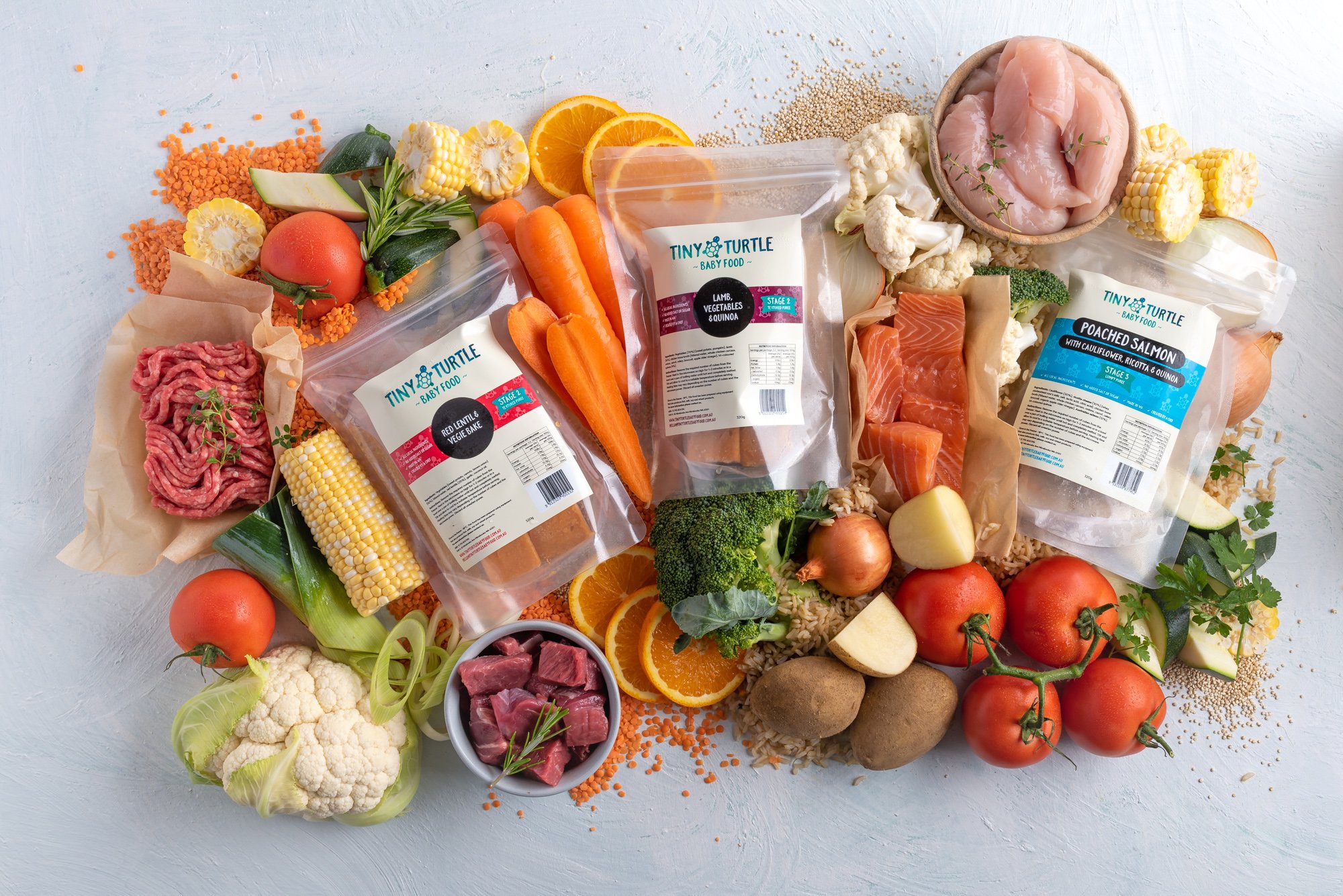Have you ever wondered how baby turtles transition from a liquid diet to solid foods? It may seem like a simple process, but it’s actually quite fascinating. In this article, we’ll explore the journey of baby turtles as they make the switch from drinking their meals to chewing and swallowing solid foods. So, if you’re interested in learning more about this incredible transformation, keep reading!
When baby turtles hatch, they rely solely on a liquid diet. This liquid diet is provided by the egg yolk, which they absorb through their egg tooth. This nutritious yolk sustains them for the first few days of their lives. However, as they grow, their bodies begin to develop and they need to start consuming solid foods to meet their nutritional needs. This transition from a liquid diet to solid foods is a crucial step in their development and survival.
Now, you may be wondering, what exactly do baby turtles eat? Well, the answer to that depends on the species of turtle. Some baby turtles, like the red-eared slider, eat a variety of foods, including small insects, worms, and even aquatic plants. Others, like the loggerhead turtle, primarily feed on small fish and crustaceans. Regardless of their specific diet, the transition to solid foods usually begins with offering them small, easy-to-eat prey items. This allows them to develop their hunting skills and gradually adjust to chewing and swallowing solid foods. So, as you can see, the process of weaning baby turtles off of a liquid diet involves careful steps to ensure their health and proper nutrition.
In conclusion, the transition from a liquid diet to solid foods is a crucial milestone in the life of a baby turtle. It involves gradually introducing them to small, easy-to-eat prey items so that they can develop their hunting skills and adjust to chewing and swallowing solid foods. If you want to learn more about this fascinating process, stay tuned for our upcoming article on the specific diets of different turtle species.
Introduction to Weaning Baby Turtles
Have you recently become the caretaker of a baby turtle? Congratulations! Baby turtles are adorable and fascinating creatures. As they grow, it becomes crucial to make changes to their diet and transition them from a liquid diet to solid foods. This process, known as weaning, is essential for their health and development. In this article, we will guide you through the importance of weaning, the necessary steps to prepare for the process, and tips to ensure a successful transition for your baby turtle.
Why Weaning Baby Turtles Off a Liquid Diet Is Necessary
Weaning baby turtles off a liquid diet is necessary to provide them with the proper nutrition they need as they continue to grow. While liquid diets may suffice for the first few weeks or months of their lives, they lack essential nutrients required for long-term health. Solid foods provide crucial vitamins, minerals, and proteins necessary for their growth and overall well-being. Additionally, the act of chewing and swallowing solid foods helps develop their jaw muscles and oral coordination.
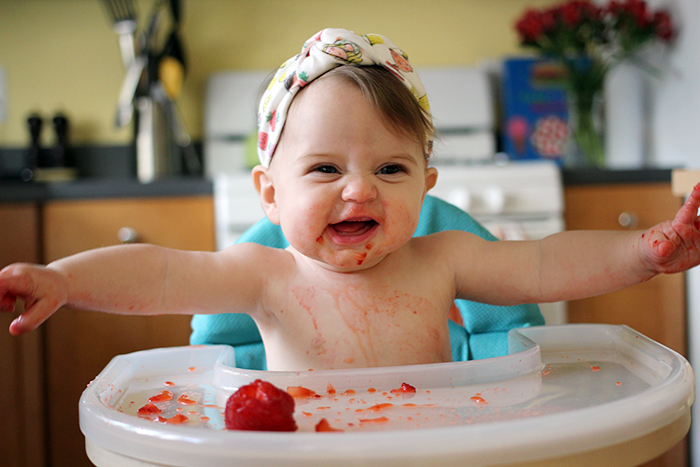
The Benefits of Transitioning to Solid Foods
Transitioning baby turtles to solid foods offers various benefits. Firstly, it allows them to develop and strengthen their digestive system. The process of digesting solid foods requires more effort and stimulates their digestive tract, ensuring it functions optimally. Secondly, solid foods provide necessary nutrients, such as calcium, which is crucial for their shell and bone development. Lastly, a solid diet offers enrichment opportunities, enabling them to explore different textures and flavors, promoting mental stimulation.
Preparing for the Weaning Process
Before you begin the weaning process, it is important to make preparations for a smooth transition. Here are some steps to help you prepare:
Choosing the Right Time to Start Weaning
Timing is crucial when it comes to weaning baby turtles. Generally, it is recommended to start the process when they reach a certain size or age. Smaller turtle species should be around 4-6 inches in length, while larger species can be around 6-8 inches. However, it is essential to consult a veterinary expert to determine the appropriate time based on your specific turtle’s species and individual needs.
Consulting a Veterinary Expert
Consulting a veterinary expert experienced in reptiles is highly recommended before starting the weaning process. They can provide valuable guidance tailored to your baby turtle’s specific requirements. A veterinarian will be able to assess their health, provide dietary recommendations, and address any concerns or questions you may have.
Creating a Suitable Enclosure for Weaning
To ease the weaning process, it is essential to create a suitable enclosure for your baby turtle. This enclosure should include a basking area, UV lighting, a water source, and a varied diet of both liquid and solid foods. Ensuring the enclosure is clean and suitable for their size and species will provide a comfortable environment for the transition.
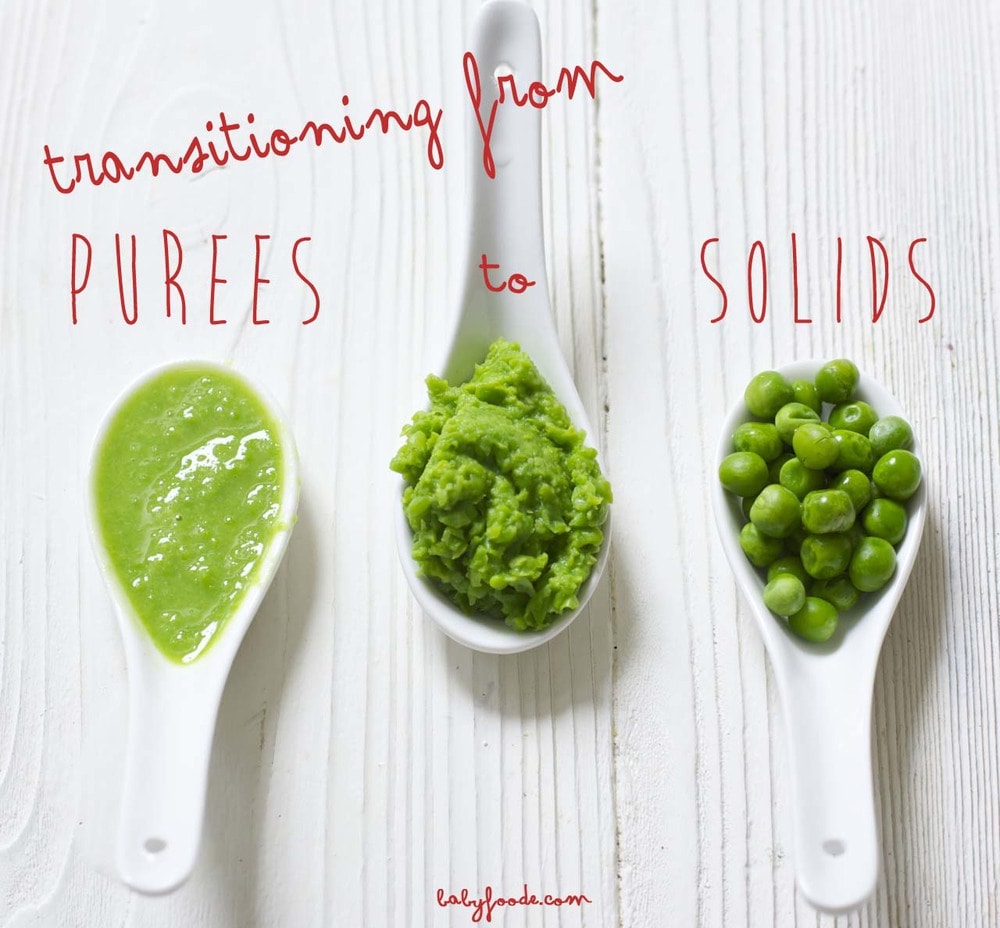
Selecting the Appropriate Solid Foods for Baby Turtles
When selecting solid foods for your baby turtle, it is crucial to understand their nutritional needs and offer a variety of options. Here are some guidelines to help you make informed choices:
Identifying the Nutritional Needs of Baby Turtles
Baby turtles have specific nutritional needs during their growth stages. Calcium is vital for their shell and bone development, while protein helps support their muscle growth. Leafy greens, such as kale or collard greens, provide essential vitamins and minerals. It’s important to strike a balance between these nutrients, providing a well-rounded diet.
Researching Suitable Solid Food Options
Conduct thorough research to determine suitable solid food options for your baby turtle. Some common options include commercial turtle pellets, earthworms, small insects (such as crickets or mealworms), and natural vegetation. Avoid foods high in fat, as they can cause health issues.
Variety is Key: Introducing a Mix of Solid Foods
Adding variety to your baby turtle’s diet is essential as it exposes them to different flavors and textures. This variety helps prevent fussiness and pickiness in the long run. Gradually introduce different types of solid foods to discover their preferences and ensure they receive a well-rounded diet.
Introducing Solid Foods Gradually
Just like with human babies, introducing solid foods gradually is crucial for a successful transition. Here are some tips to help ease the process:
Starting with Small Portions
Start by offering small portions of solid foods alongside their usual liquid diet. This allows your baby turtle to explore and become familiar with new textures and flavors without overwhelming their system. As they become more comfortable, gradually increase the portion sizes.
Mixing Solid Foods with Liquid Diet Initially
Initially, mixing small amounts of solid foods with their liquid diet can encourage acceptance. This allows them to experience the taste and texture of solid foods while still providing them with familiar nutrition. Slowly increase the ratio of solid foods to liquid over time.
Monitoring Baby Turtles’ Response to New Foods
Keep a close eye on your baby turtle’s response to new foods. Observe their eating habits, digestion, and overall behavior. If you notice any signs of distress or digestive issues, consult your veterinary expert for guidance and potential adjustments to their diet.
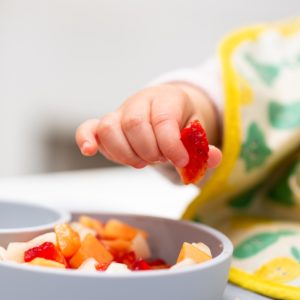
The Weaning Process: Patience and Persistence
The weaning process can vary in length and intensity for each baby turtle. It’s important to practice patience and persistence throughout the journey. Here are some tips to support a successful weaning process:
Understanding Baby Turtles’ Individual Preferences
Each baby turtle has unique preferences, just like humans. Some may prefer leafy greens, while others may gravitate towards protein sources. Pay attention to their preferences and offer a variety of foods accordingly. This will ensure they receive the necessary nutrients while enjoying their meals.
Offering a Variety of Textures and Flavors
To keep your baby turtle engaged and interested in their solid food options, offer a variety of textures and flavors. This can include mixing crunchy vegetables, softer fruits, and protein sources like insects or worms. Experimenting with different combinations will help you identify their favorite foods.
Slowly Reducing the Liquid Diet
As your baby turtle becomes more comfortable with solid foods, gradually reduce the amount of liquid diet they receive. This transition may take time, so be patient and observe their response. Ensure they are still receiving adequate hydration through water sources within their enclosure.
Monitoring and Assessing the Transition
During the weaning process, it is crucial to closely monitor your baby turtle’s health and behavior. Here are some ways to assess their transition:
Observing Baby Turtles’ Health and Behavior
Pay close attention to your baby turtle’s health and behavior during the transition period. Look for signs of weight loss, dehydration, or any unusual behavior. Monitor their shell and overall appearance for any abnormalities. These observations will help you identify any potential health concerns.
Recording and Analyzing Dietary Changes
Keep a record of your baby turtle’s dietary changes throughout the weaning process. Note what foods they enjoy, their portion sizes, and any changes in their eating patterns. This record will help you track their progress and identify any necessary adjustments to their diet.
Seeking Veterinary Advice if Needed
If you have any concerns or questions during the weaning process, do not hesitate to seek veterinary advice. A reptile veterinarian can provide expert guidance and address any issues that may arise. Regular check-ups are also important to monitor your baby turtle’s overall health and growth.
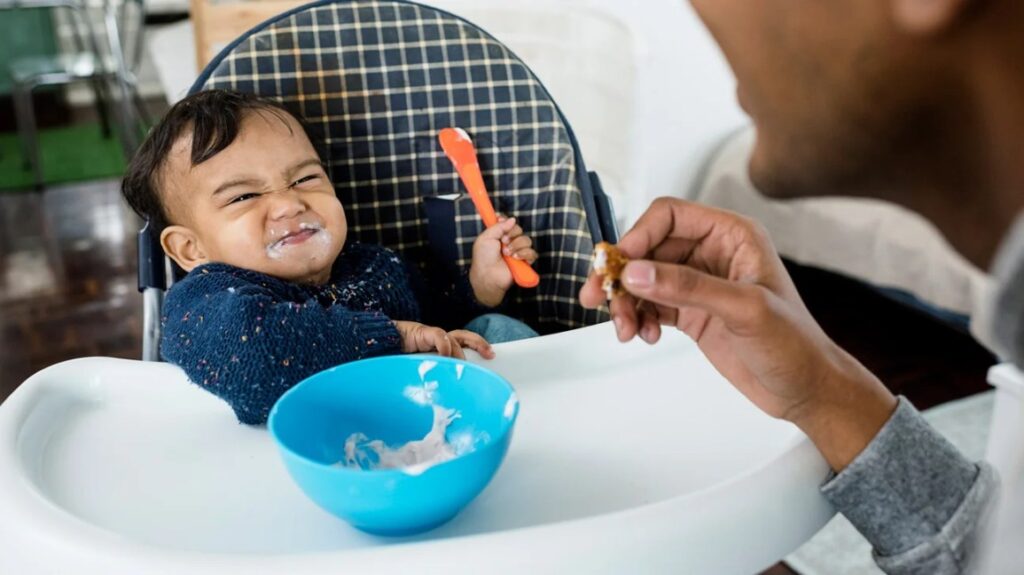
Troubleshooting Common Issues
While weaning baby turtles, you may encounter some common issues. Here’s how to address them:
Refusal to Eat Solid Foods
If your baby turtle refuses to eat solid foods, first ensure that the food options are appropriate for their species and size. Experiment with different food combinations and textures to find what appeals to them. If the problem persists, consult a veterinary expert for further guidance.
Digestive Problems During the Transition
Digestive issues, such as constipation or diarrhea, can occur during the weaning process. Ensure your baby turtle has access to clean water for hydration. Adjust their diet as needed, providing more fiber-rich foods or limiting high-fat options. If the issues persist, consult your veterinarian.
Addressing Potential Nutrient Deficiencies
Pay attention to your baby turtle’s diet to ensure they are receiving a balanced range of nutrients. A deficiency in essential vitamins or minerals can have adverse effects. Consider providing calcium and vitamin D supplements if recommended by a veterinarian. Adjust their diet accordingly to address any specific nutrient deficiencies.
Ensuring Optimal Nutrition for Baby Turtles
To ensure optimal nutrition for your baby turtle during the weaning process, follow these guidelines:
Balancing Essential Nutrients in the Diet
A well-balanced diet is crucial for your baby turtle’s growth and development. Ensure their diet includes an appropriate ratio of calcium, protein, vitamins, and minerals. Adjust their portions and food options as needed to provide a diverse and balanced diet.
Supplementing with Calcium and Vitamin D
Calcium and vitamin D are essential for your baby turtle’s shell and bone development. Consider providing supplements if recommended by a veterinarian. These supplements should be provided in appropriate amounts and frequency, as excessive intake can also be harmful.
Avoiding Common Feeding Mistakes
Avoid common feeding mistakes that can negatively impact your baby turtle’s health. These include overfeeding, providing foods high in fat content, or relying solely on a limited range of food options. Regularly review their diet and make necessary adjustments to ensure they are receiving the nutrition they need.
Maintaining Proper Hydration
Proper hydration is crucial during the weaning process. Here are some tips for maintaining your baby turtle’s hydration:
Understanding the Importance of Hydration
Hydration plays a vital role in your baby turtle’s overall health and well-being. It supports proper digestion, kidney function, and shell health. Lack of hydration can lead to serious complications. Ensure they have access to clean water sources within their enclosure at all times.
Providing Clean Water Sources
Regularly clean and replace the water sources in your baby turtle’s enclosure. Filtration systems can help maintain water quality. Ensure the water is at an appropriate temperature and depth for your baby turtle’s comfort and safety.
Hydration Tips During the Weaning Process
To further encourage hydration during the weaning process, you can mist or soak your baby turtle in shallow water for short periods. This can be a more enticing way to hydrate, especially if they are still adjusting to solid foods. Monitor their hydration levels closely and provide additional water sources as needed.
Gradual Weaning: Timeframe and Progression
The weaning process should occur gradually to minimize any stress or digestive disturbances. Here’s how to establish a gradual weaning timeframe and progression:
Establishing a Weaning Timeline
Each baby turtle will have a unique weaning timeline. On average, the weaning process can take anywhere from a few weeks to a few months. Monitor your baby turtle’s progress and adjust the timeline accordingly. Slow and steady progress is key to a successful transition.
Gradually Reducing Liquid Portion Sizes
As your baby turtle becomes more comfortable and adept at eating solid foods, gradually reduce the portion sizes of their liquid diet. This reduction should be slow to avoid sudden changes in their nutrition intake. Provide smaller, more frequent solid food meals to compensate for the decrease in liquid diet.
Monitoring Progression Towards Full Solid Diet
Monitor your baby turtle’s progression towards a full solid diet. As their consumption of solid foods increases, and their liquid diet decreases, they will eventually transition to a fully solid diet. Regularly assess their appetite, weight, and overall health to ensure they are adapting well to their new diet.
Transitioning to a Fully Solid Diet
Transitioning your baby turtle to a fully solid diet is a significant milestone. Here’s how to ensure a smooth and successful transition:
Ensuring Baby Turtles’ Readiness for a Full Solid Diet
Before transitioning to a fully solid diet, ensure that your baby turtle is physically and mentally ready. They should be comfortable eating a variety of solid foods and no longer heavily reliant on a liquid diet. Consult a veterinary expert to confirm their readiness and advise on the appropriate timing.
Implementing a Consistent Feeding Schedule
Establish a consistent feeding schedule as you transition to a fully solid diet. Feeding your baby turtle at the same times each day creates a routine and helps them develop healthy eating habits. This schedule should include a balanced mix of solid foods, meeting their nutritional needs.
Making Adjustments Based on Growth and Development
As your baby turtle grows and develops, their dietary needs may change. Monitor their growth and adjust their diet accordingly. Consult a veterinary expert for guidance on maintaining the optimal nutrition and adjusting portion sizes based on their size and development stage.
Additional Considerations for Weaning Baby Turtles
To ensure the success of the weaning process, consider these additional factors:
Ensuring Proper Temperature and Lighting Conditions
Proper temperature and lighting conditions are vital for your baby turtle’s health and digestion. Maintain the appropriate temperature range within their enclosure and provide the necessary UV lighting to support their development. These factors contribute to their overall well-being and digestion.
Providing Opportunities for Natural Foraging
Encourage natural foraging behaviors by introducing live food sources. Live insects or small prey mimic the hunt and capture experience your baby turtle would have in the wild. This stimulates their natural instincts and provides mental enrichment, promoting a healthy transition to solid foods.
Monitoring the Overall Health and Growth
Throughout the weaning process, closely monitor your baby turtle’s overall health and growth. Regularly check their weight, shell condition, and behavior. Any changes or concerns should be assessed by a veterinary expert to ensure their well-being.
Celebrating Success: Achieving a Healthy Weaning Process
As your baby turtle successfully completes the weaning process, celebrate their achievement and dedication that went into their transition to a healthy, solid diet. Here are some ways to commemorate this milestone:
Recognizing Milestones in the Transition
Acknowledge and celebrate the milestones your baby turtle reached throughout the weaning process. Whether it’s their first taste of solid foods or the successful reduction of their liquid diet, each achievement is a step towards their well-being.
Rewarding Baby Turtles for Reaching Solid Food Goals
Celebrate their progress by rewarding them with their favorite treats or additional playtime outside their enclosure. Positive reinforcement can further encourage their acceptance of the solid food diet and make the process enjoyable for both of you.
Continuing to Provide a Balanced and Nutritious Diet
After successfully weaning your baby turtle off of a liquid diet, it is crucial to continue providing a balanced and nutritious diet. Research, review, and adjust their diet as needed to meet their evolving needs throughout their life stages. Regularly consulting a veterinary expert will ensure your baby turtle’s long-term health and development.
Conclusion
Weaning baby turtles off of a liquid diet and transitioning them to solid foods is a crucial milestone in their development. By understanding the importance of weaning, preparing adequately, and following a gradual transition process, you can ensure the long-term health and well-being of your baby turtle. Remember to consult a veterinary expert for guidance and support throughout the weaning process. With patience, persistence, and a balanced diet, you can provide your baby turtle with everything they need for a healthy and thriving future.
